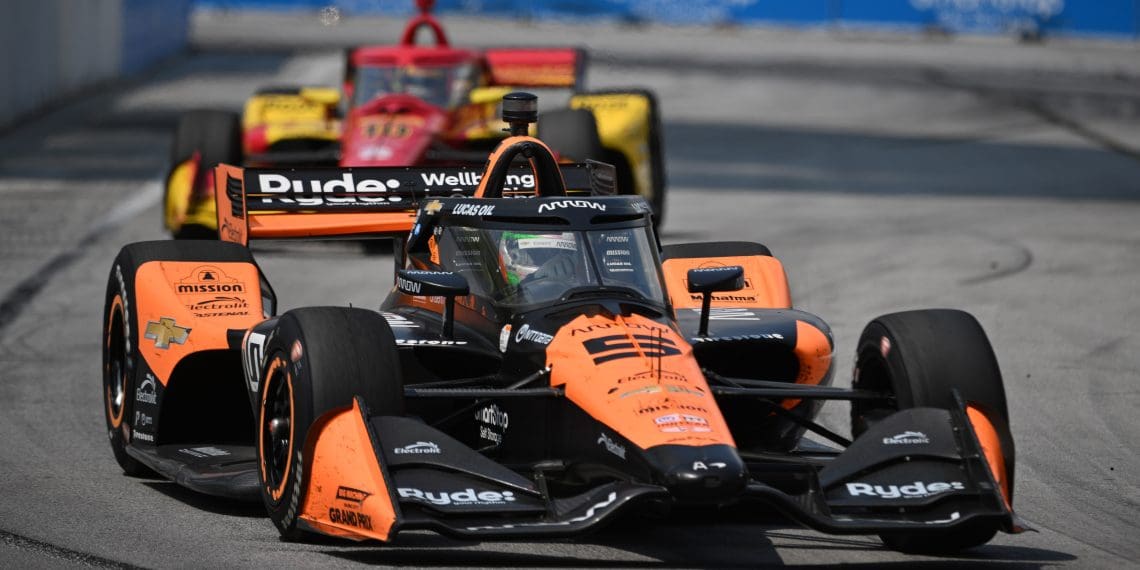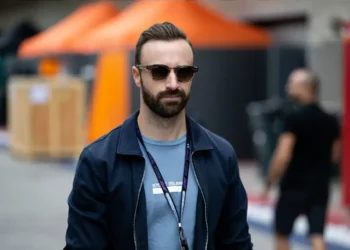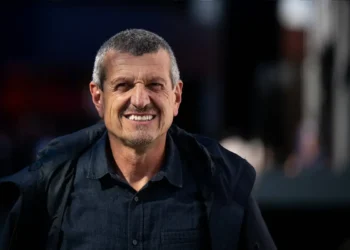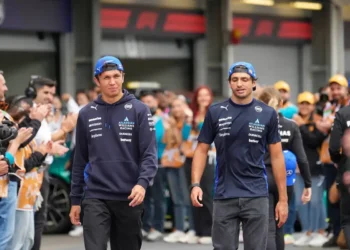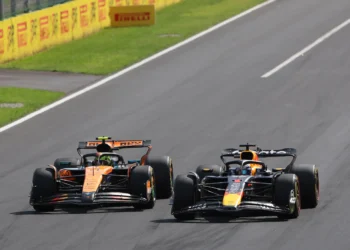Arrow McLaren has undergone a seismic transformation ahead of the 2025 NTT IndyCar Series season, aiming to stabilize and strengthen its operation after a turbulent period of personnel turnover. With fresh leadership, revamped driver lineups, and a renewed focus on operational efficiency, the team is poised to chase championships and the coveted Indy 500 crown.
Sweeping Changes in Leadership and Drivers
The offseason reshuffle began at the top, with Tony Kanaan stepping into the role of team principal. A fan-favorite and a seasoned racer, Kanaan replaces Gavin Ward, marking his first time in such a leadership position. Under Kanaan, the organization hopes to steady the ship and create a cohesive vision for success.
Kanaan is supported by general manager Brian Barnhart and McLaren Racing CEO Zak Brown, forming a leadership team that balances operational oversight with long-term strategic planning. Alongside this, Scott Harner, a veteran with decades of IndyCar experience, was brought in as the new director of race operations to improve communication and efficiency.
On the driver front, only Pato O’Ward remains from last year’s lineup. Rookie Nolan Siegel takes over for David Malukas, while Christian Lundgaard replaces Alexander Rossi. With a mix of youth, experience, and O’Ward’s star power, the team is banking on a fresh dynamic to propel its three-car program.
Key Hires and Internal Promotions
Arrow McLaren has bolstered its crew with strategic hires and promotions. Veteran crew chief Didier Francesia, formerly of A.J. Foyt Racing, joins as a shop-based resource to complement Chris Stafford’s car-build expertise.
On the engineering side, the team continues to emphasize internal growth. All three race engineers—Will Anderson (No. 5), Kate Gundlach (No. 6), and Chris Lawrence (No. 7)—were promoted from within. This strategy ensures continuity and fosters long-term loyalty among team members. Gundlach’s promotion is particularly notable, as she transitions from performance engineer on O’Ward’s car to Siegel’s race engineer.
New hires include Heath Kosik (“Keto”), who joined from Chip Ganassi Racing as Siegel’s car chief, and former Aston Martin F1 mechanic Andy Moore, now working on Lundgaard’s car. These additions bring fresh expertise to the table, while seasoned mechanics like Oren Trower and Matt Sanderson add depth to the lineup.
Streamlining for a Brutal Schedule
With 17 races packed into just over five months, Arrow McLaren has restructured its workforce to handle the relentless pace. Harner emphasized the importance of a robust shop-based crew to manage car preparation between events, allowing traveling crews more rest and focus.
“It’s about making the schedule more tolerable,” Harner explained. “A dedicated shop crew can handle unloading cars, initial inspections, and setups before the traveling crew comes in, saving valuable time.”
Engineering and Innovation: The Next Frontier
Technical director Nick Snyder highlighted the team’s push to enhance simulation, CFD (computational fluid dynamics), and AI tools to optimize car performance without relying heavily on track testing.
“We’re exploring every avenue to make our cars faster, from data science to advanced simulation. It’s about working smarter, not just harder,” Snyder said.
This technological focus aligns with the team’s goal of staying competitive in a series where on-track test days are increasingly scarce.
The Big Picture
Arrow McLaren’s sweeping changes aim to foster stability and build a foundation for sustained success. With a blend of veteran hires, internal promotions, and innovative strategies, the team hopes to close the gap to top competitors and achieve their lofty aspirations.
“We’re turning the page,” Harner said. “With Tony [Kanaan] at the helm and a solid support system in place, we’re ready to compete at the highest level.”

